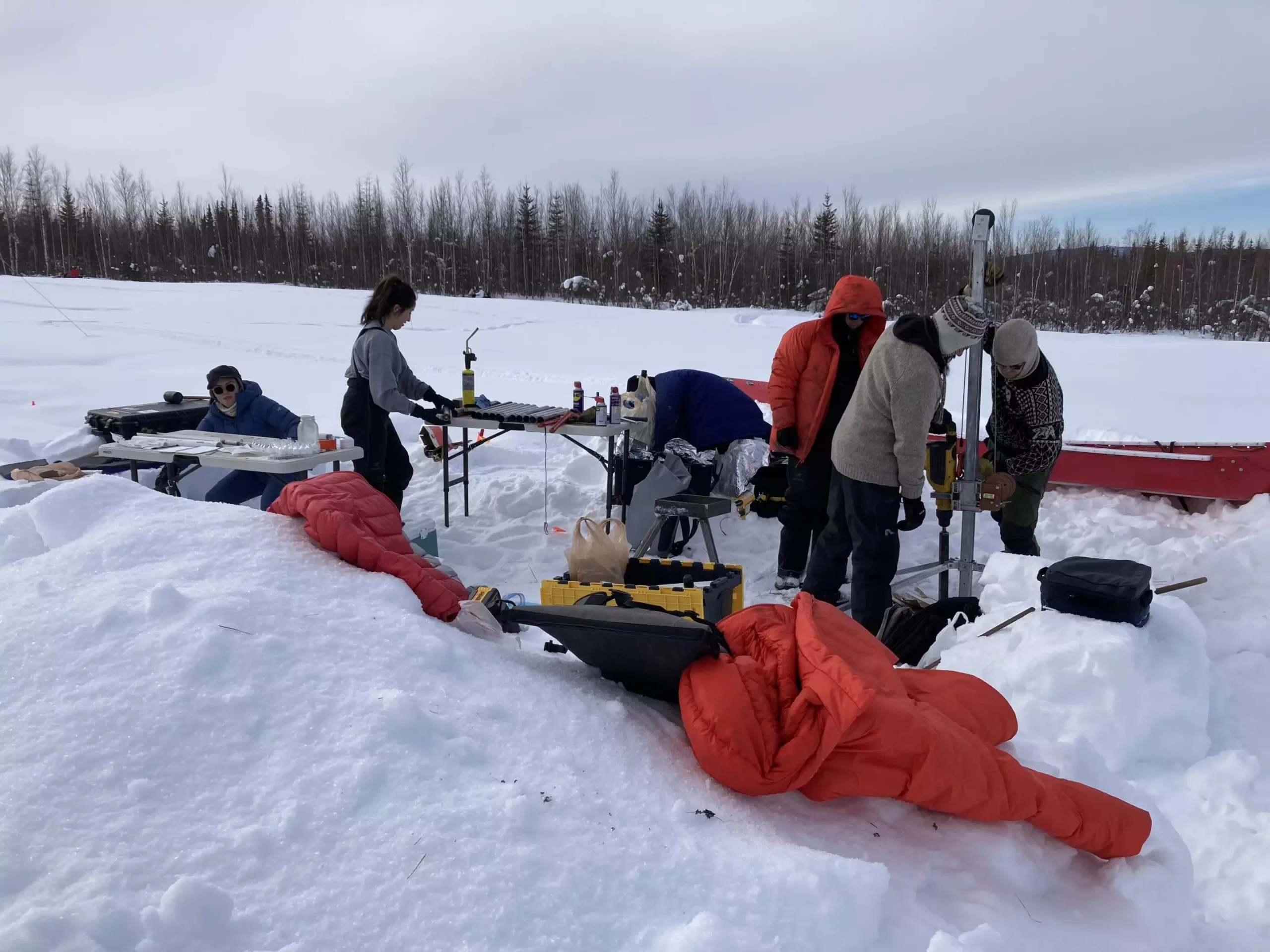The climate crisis is an ever-growing concern, and recent research highlights another alarming source of methane emissions that could exacerbate global warming. This article delves deep into a compelling investigation led by Katey Walter Anthony, a research professor at the University of Alaska Fairbanks, revealing previously underestimated methane contributions from dry upland ecosystems in Arctic regions. Their findings not only revolutionize our understanding of methane sources but also challenge prevailing climate change models.
Discovery Amid Rumors
Initially skeptical of claims regarding methane leaks beneath the lawns of Fairbanks, Walter Anthony’s expertise kept her unconvinced. However, a local investigation sparked her interest, leading to a shocking realization. When the media reported unusual phenomenon like “turf bubbles” in golf courses, and subsequent ignitions confirmed the presence of methane, Walter Anthony shifted her focus from aquatic ecosystems to these uncharted terrestrial territories.
Armed with funding from the National Science Foundation, she meticulously examined more than just the surface, exploring the forests and landscapes around Fairbanks. What she discovered was a widespread release of methane gas emanating from both grasslands and dominated forest areas alike. Her initial disbelief transformed into recognition of a critical area for further scientific exploration.
The outcomes of her research, published in the esteemed journal Nature Communications, have profound implications. For the first time, upland areas were revealed as significant sources of methane, emitting levels that challenged conventional scientific wisdom. Previously, the focus on methane emissions had largely centered around wetlands, where anaerobic conditions promote methane production. The revelation that drier sites could produce even greater emissions was a wake-up call.
Walter Anthony’s research uncovered that the methane found in these upland ecosystems consisted of ancient carbon, dating thousands of years, thereby introducing a new layer of urgency to the conversations surrounding permafrost and climate change. This could suggest a dramatic increase in greenhouse gas emissions if these ancient carbon stores are released into the atmosphere due to thawing permafrost.
A Widespread Survey Across Diverse Landscapes
To validate her suspicions and broaden the scope of her study, Walter Anthony and her team expanded their research to include 25 additional sites across different environments, including grasslands, tundra, and dry upland forests. The meticulous measurements collected from over 1,200 locations over three years painted a stark picture; nearly all of the sites were found to emit methane.
This extensive sampling revealed that not only was methane prevalent, but emissions were particularly heightened in winter, a notable departure from earlier expectations. This finding suggests that climate models may grossly underestimate the role that upland methane emissions may play in future warming scenarios.
The Role of Taliks in Emissions
One of the pivotal discoveries of the research concerns the presence of “taliks,” areas where underground soil remains unfrozen even during winter months. These pockets of warmth serve as critical habitats for microbial activity, allowing methane-producing microbes to thrive while they would typically be dormant in colder conditions.
Walter Anthony highlighted the significant implications of these taliks, particularly within carbon-rich Yedoma deposits, which are found at several locations across Arctic tundras. They discovered that these Pleistocene-era soils contain large stocks of carbon stored deep below the surface, and their unique composition fosters anaerobic conditions conducive to methane production.
The ramifications of this research cannot be overstated. The emissions from upland ecosystems, particularly linked to ancient carbon, indicate that methane could play a far more significant role in climate feedback than previously anticipated. The challenge for climate scientists becomes foreseeing scenarios where these ecosystems, traditionally thought to be neutral or even beneficial, may instead amplify warming trends.
As global temperatures rise, the potential for widespread formation of taliks across the Arctic, mapped using remote sensing techniques, portends a dramatic shift in greenhouse gas emissions. Walter Anthony cautions that as these ecosystems are further disrupted by climate change, significant methane sources could begin to emanate wintertime emissions previously thought negligible.
The research led by Walter Anthony not only illuminates an alarming source of greenhouse gas emissions but also serves as a clarion call for the scientific community. It urges a reevaluation of current climate models to incorporate the significant impacts of dry upland ecosystems on methane production, particularly in the context of global warming. As our understanding of the Arctic’s frozen soils deepens, it is essential for climate scientists, policymakers, and public awareness to evolve in tandem, refining strategies to mitigate impacts on our increasingly delicate planet. The silent eruption of methane from these unassuming landscapes is a poignant reminder of the intricate ties between land, air, and climate.


Leave a Reply